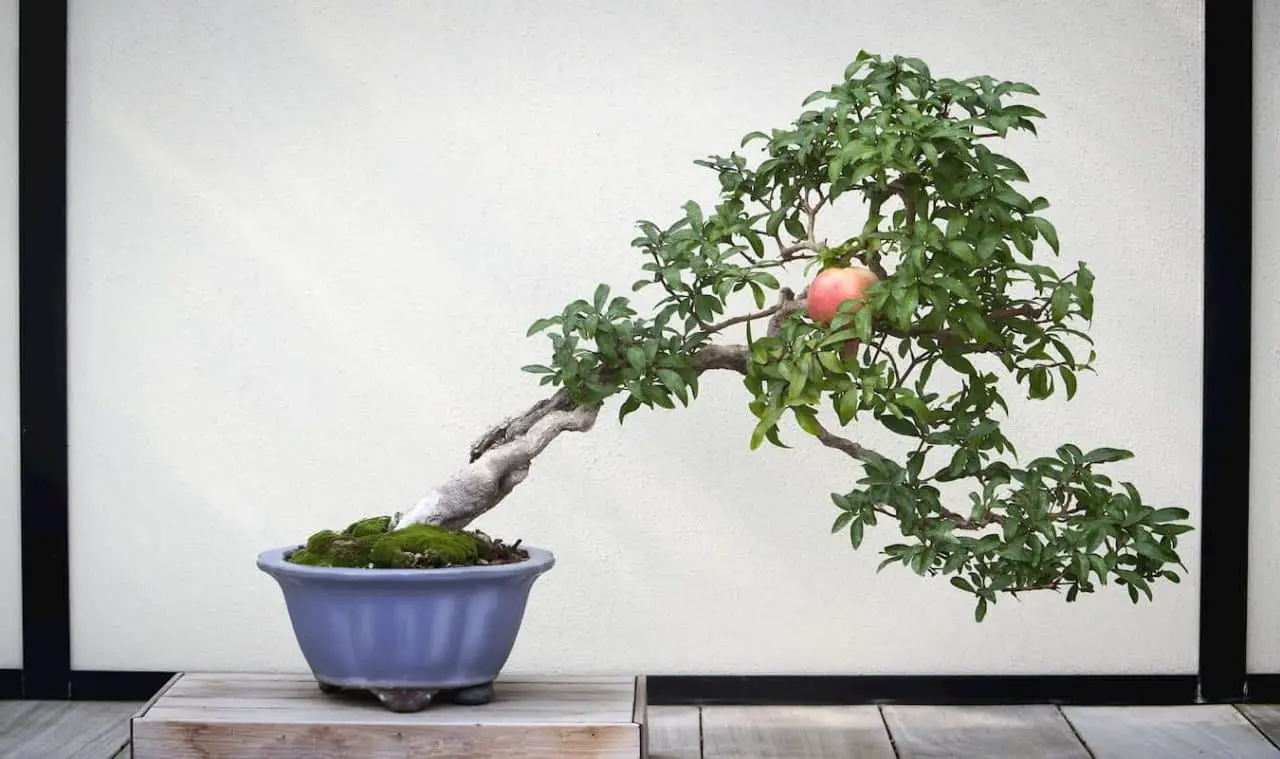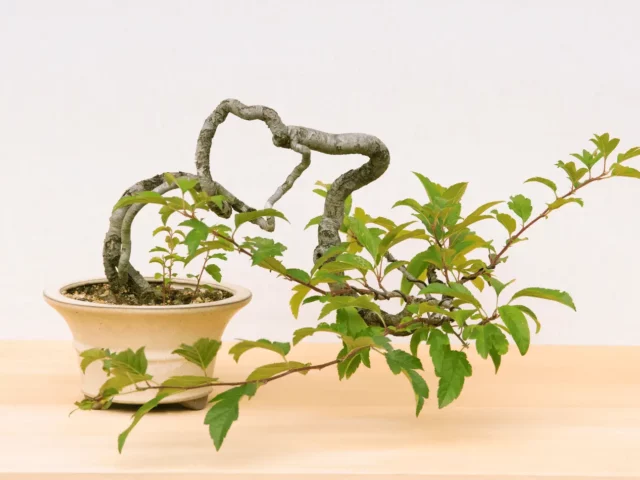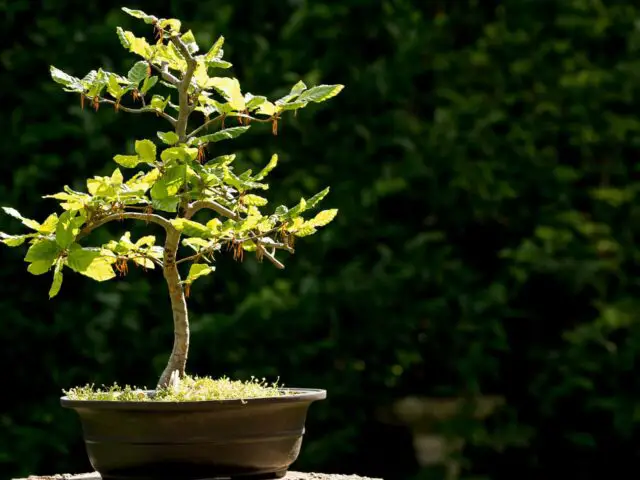Have you ever wondered if the art of bonsai is as daunting as it seems? Growing bonsai trees indeed requires a unique set of skills and patience, from ensuring they receive just the right amount of water and sunlight to mastering the intricacies of pruning and shaping.
While the journey may appear intimidating at first glance, it’s filled with opportunities to learn and grow alongside your miniature trees. As you embark on this journey, you’ll discover that the challenges are part of what makes cultivating bonsai so rewarding.
Stick around to uncover the secrets to transforming these challenges into your greatest triumphs.

Key Takeaways
- Bonsai trees are not inherently difficult to grow with consistent care and knowledge.
- Regular pruning, adequate light, and proper fertilization are essential for their health and growth.
- Understanding and adapting care to the specific needs of each bonsai species is crucial for success.
- Commitment, patience, and respect for the bonsai cultivation process are key to overcoming challenges.
Understanding Bonsai Basics
To successfully cultivate bonsai trees, you must routinely monitor soil moisture and provide meticulous daily care tailored to each tree’s unique needs. Grasping the art of bonsai begins with understanding water, light, and soil requirements crucial for thriving growth.
Each bonsai tree demands specific watering routines to prevent both underwatering and overwatering, which can lead to stress or disease. Adequate light, vital for photosynthesis, varies among species, necessitating placement considerations for optimal exposure. Fertilization schedules are essential to replenish nutrients and promote vigor.
Moreover, mastering pruning and shaping not only maintains your bonsai’s aesthetic appeal but also encourages healthy development. Engage in regular repotting to ensure roots remain healthy and to facilitate continued growth, making bonsai care an art of patience and precision.
Common Bonsai Myths Debunked
Many hold the misconception that bonsai trees are inherently difficult to grow, yet with the right knowledge and consistent care, they prove to be resilient and adaptable.
Contrary to belief, keeping a bonsai tree alive is less about delicacy and more about understanding the art of bonsai. Make sure your bonsai, despite being planted in small pots, receives the care it deserves. Bonsai trees are planted in these small containers not to constrain but to encourage a miniature yet robust form.
Regular pruning isn’t just about aesthetics; it’s essential for the health and growth of your bonsai. Indoor Bonsai, in particular, require specific attention to mimic their natural environment.
With a technical and experienced approach, you’ll find these small wonders are sure to thrive under your care.
Essential Care and Maintenance
Understanding the essential care and maintenance of bonsai trees is crucial, as these miniature marvels demand regular watering, precise pruning, and adequate light to flourish.
Mastering bonsai care involves a keen eye for soil moisture, ensuring proper drainage to prevent root rot. You’ll become adept at pruning and shaping, tasks that not only maintain your bonsai’s aesthetic but also promote healthy growth.
Adequate light exposure, be it natural or artificial, is non-negotiable for vitality. Fertilizing with the right nutrients at strategic times underpins longevity. Moreover, repotting becomes necessary to accommodate growth and refresh the soil.
Overcoming Growing Challenges
Navigating the complexities of bonsai cultivation, you’ll encounter several hurdles that demand a nuanced understanding of each species’ unique requirements.
The journey to bonsai mastery is marked by a deep dive into specific care requirements, with factors like watering, light, temperature, and soil quality at the forefront.
You’ll need to tailor your approach to satisfy the individual needs of your bonsai trees, recognizing that each species thrives under different conditions. Moreover, the artistry involved in bonsai—pruning, wiring, and employing various styling techniques—requires a steady hand and an eye for detail.
Overcoming these growing challenges hinges on your willingness to engage in thorough research, educate yourself, and dedicate time to practice. Success in bonsai cultivation is achievable, but it demands commitment and a genuine respect for the craft.
Tips for Successful Cultivation
To ensure your bonsai trees flourish, it’s crucial to adapt their care regimen meticulously, focusing on the precise needs of each species in terms of watering, light exposure, and pruning practices.
Plants used for bonsai are often confined to small pots with minimal water and nutrient reserves, making regular monitoring a necessity. Understanding the individual requirements of your tree species is vital for growing a bonsai tree successfully.
Adjust light intensity based on the species, ensuring you’re providing the optimal conditions throughout the growing season. The important thing is to keep them miniature, which requires pruning the tree regularly. This practice not only maintains their size but also encourages healthy growth.
Patience and a keen eye for detail will guide you in nurturing these captivating miniatures.
Conclusion
In mastering bonsai cultivation, you’ll navigate through intricate care, debunking myths, and embracing essential maintenance. It’s critical to balance watering, ensure ample light, and maintain precise growth conditions.
Pruning and shaping demand finesse and understanding. While challenges are part of the journey, they’re surmountable with dedication and insight. By refining your techniques and persisting through obstacles, cultivating bonsai becomes not just achievable but deeply rewarding.
Remember, success in bonsai is a blend of art, science, and patience.






